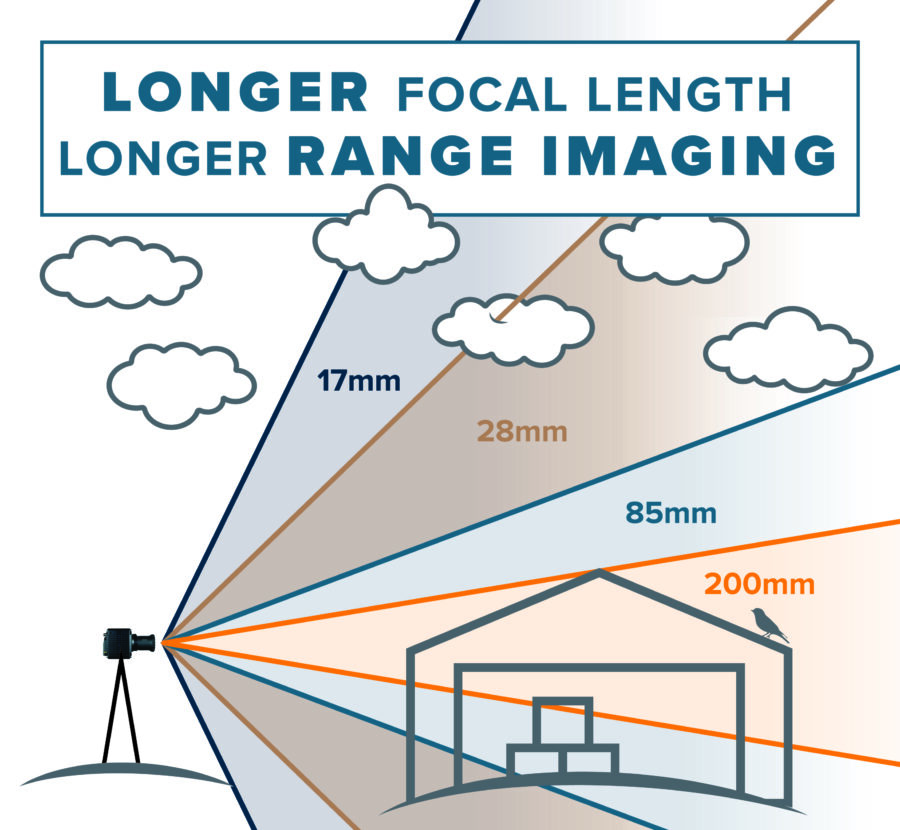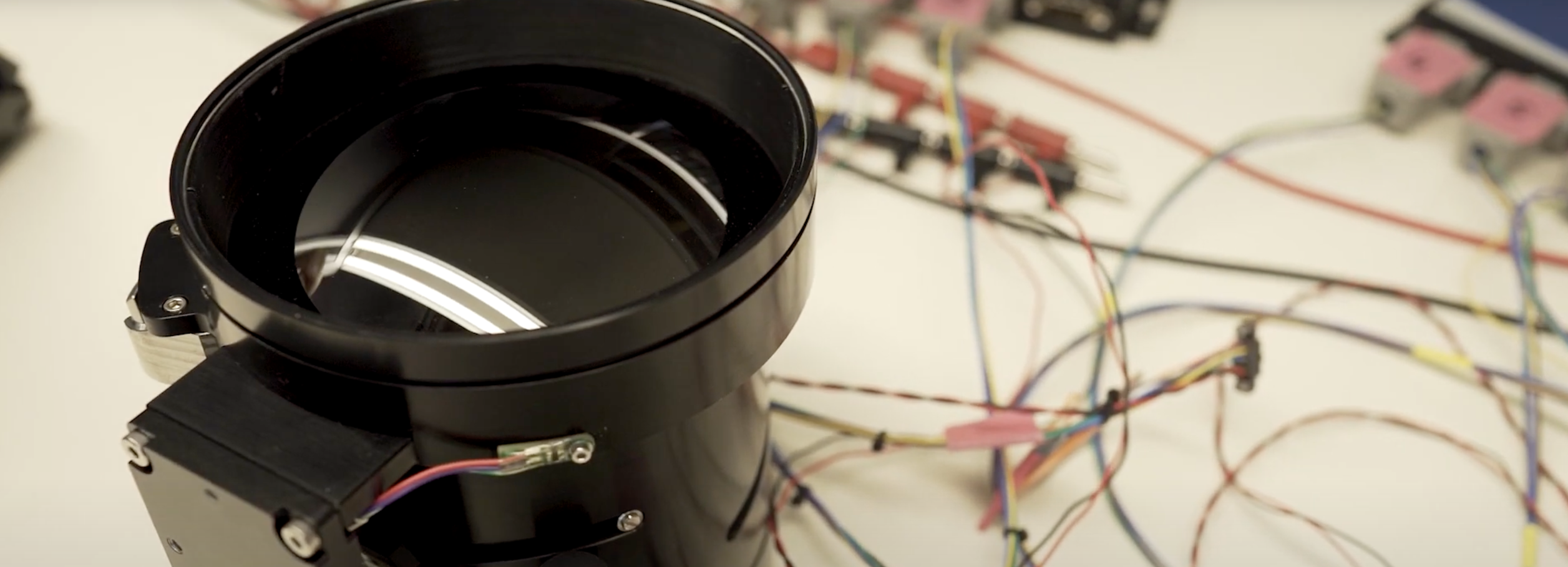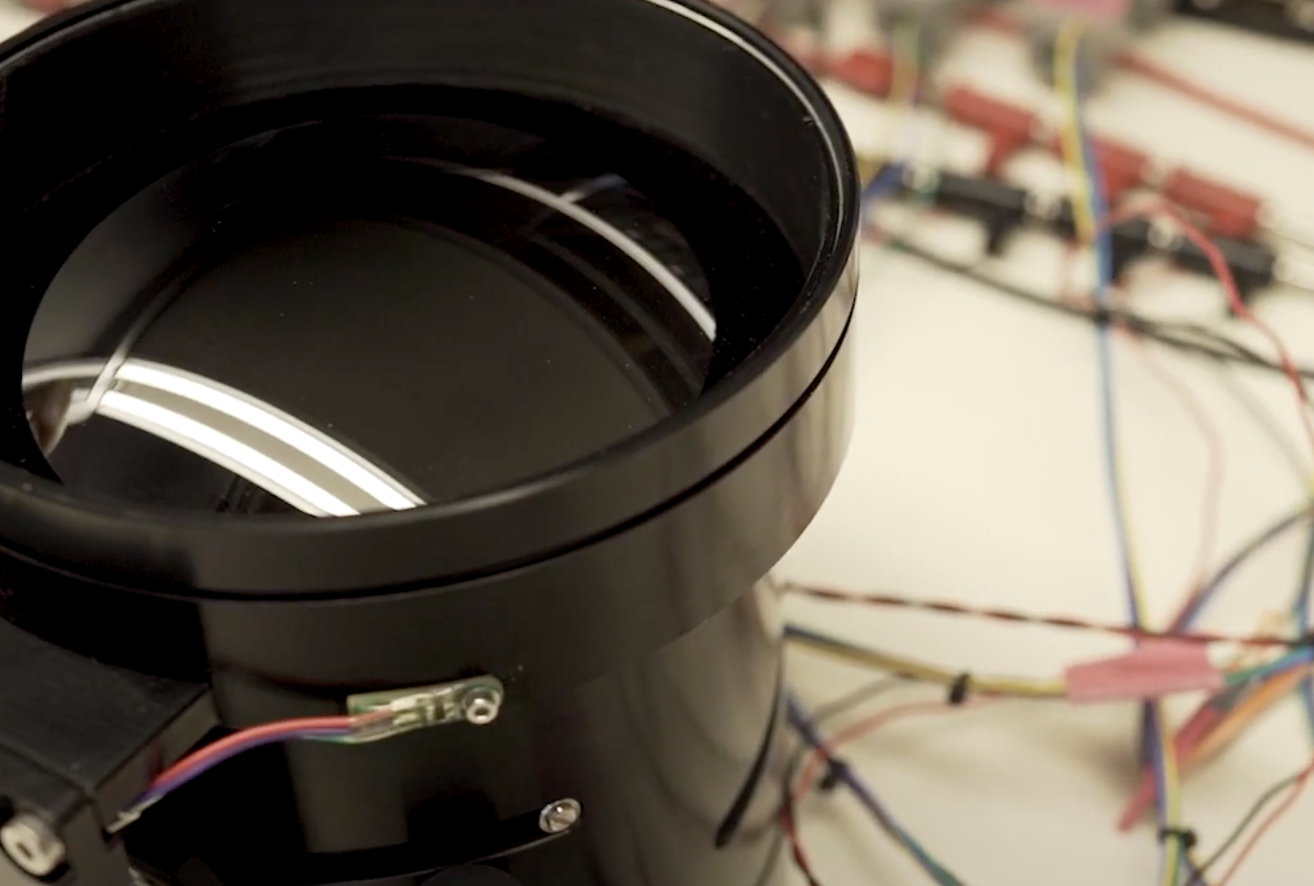Welcome to Ask an Expert. My name’s Chris Johnston, president of Sierra-Olympia Technology. In this video, we’re going to talk about F number(F#) and specifically as it relates to infrared optics.
The first item to discuss about F# is it’s fundamental formula. It’s a very simple formula, F# is the ratio of the focal length of a lens divided by the diameter of the lens, N=(Focal Length Ratio / Diameter of Lens). A lens with a F# of 1, means that the diameter of your lens is equivalent to the focal length. So if you have a 300 millimeter focal length lens, you have a 300 millimeter diameter lens.
How does a F# impact an infrared system?
It goes back to the diameter of the lens. The diameter governs how efficient light or energy makes it through a lens. If you have a big diameter lens, you’re getting lots of light or energy through that lens. It’s always a ratio of the diameter of the optic and the light collection efficiency and the focal length, or the reach you want to get out of a lens. How far away you want to see? Longer focal lengths give you longer range imaging. Shorter focal lengths are generally wide field view applications, and used for short range imaging. So always keep in mind focal length, diameter and light collection efficiency.

Airy Disc Formula
Another impact of F# is in the resolution capability of a lens
There’s a fundamental formula in spherical optics called the Airy disc formula, or the blur circle formula. It has to do with a constant 1.22, which comes from the bessel function, times the wavelength of the light that your operating in. In the mid-wave we operate in 3-5 microns, the long wave 8-12 microns and then multiply by the F#. So the airy disk meaning the the blur circle, how much diffracted blur you’re going to get on a point source coming through the lens on to the sensor is a simple mathematical formula of 1.22, times the wavelength of light, times the F number.
What makes low F#’s so difficult?
When designers approach lens designs with low F numbers, the tolerances and the manufacturability of a lens becomes much more difficult. We would all like low F#, long focal length lenses. In the real world, when it comes to the cost of the exotic glass that goes into an infrared lens, it’s silicon, germanium, zinc selenide or chalcogenides. These are really expensive materials, and the difficulty of manufacture of low F# optics in terms of diamond turning, polishing, defects and alignment. It adds up to considerable cost factors that eventually make a lens too expensive and impractical, or, too big and heavy for use.
So again, the factor of manufacturability and F# is critically important. We also have to go over issues related to long wave sensors, sensor sensitivity and mid wave sensors as well. So we’ll talk about that in other videos. and I’ll see you in a future ask an expert video. Thanks for watching.


